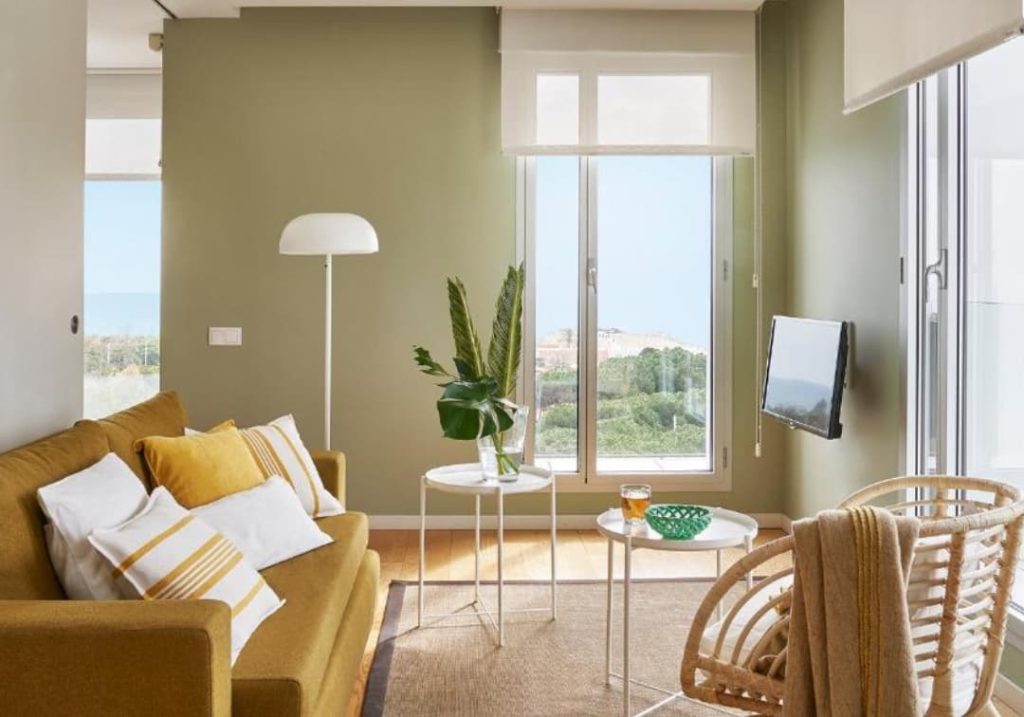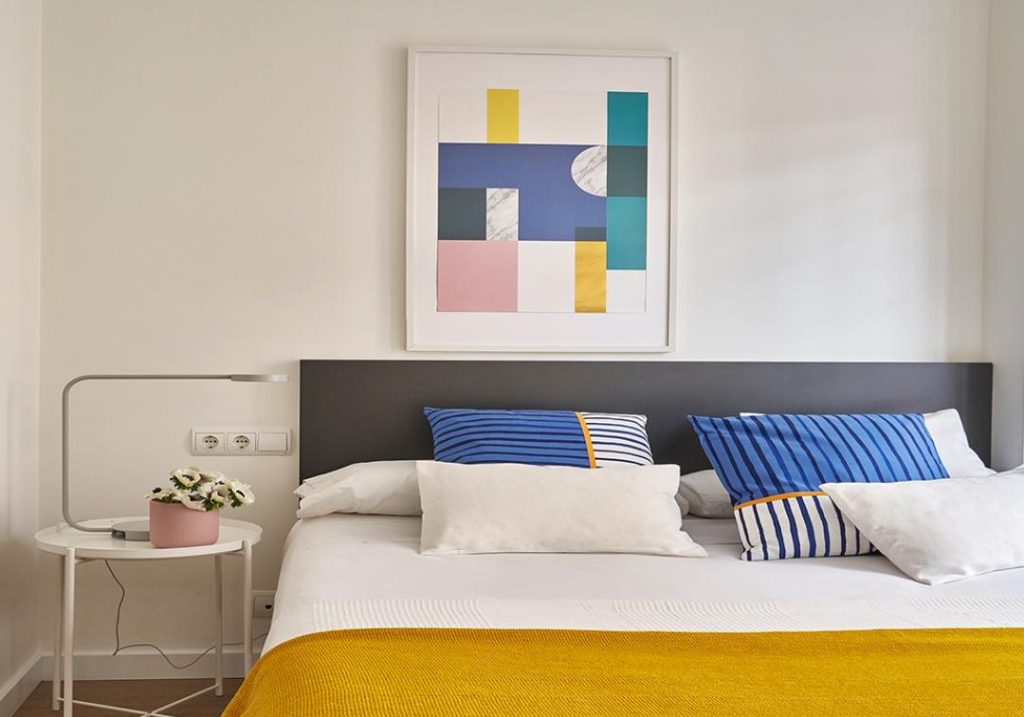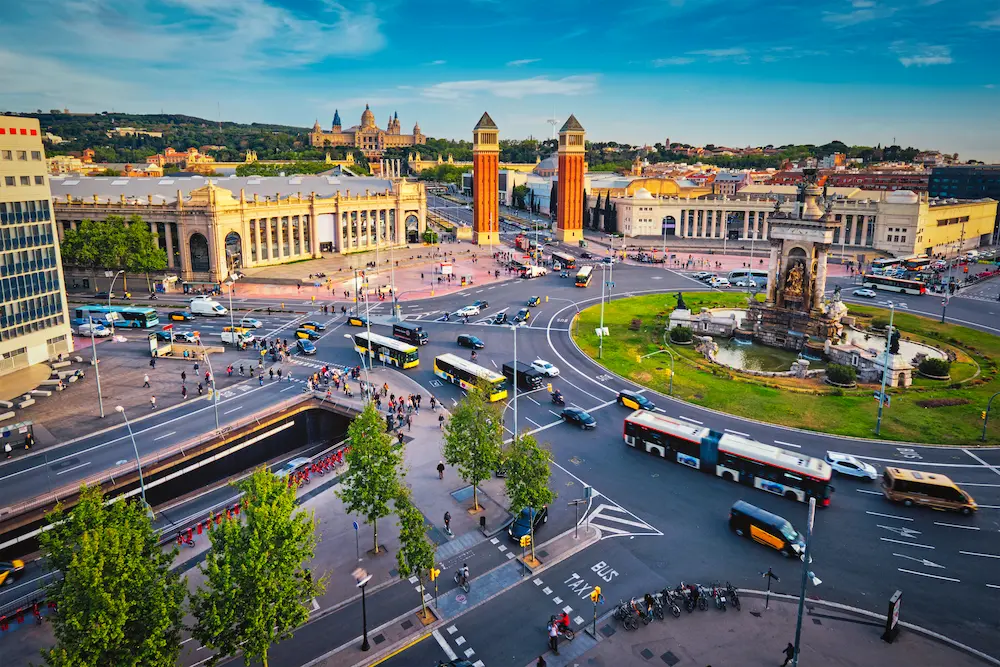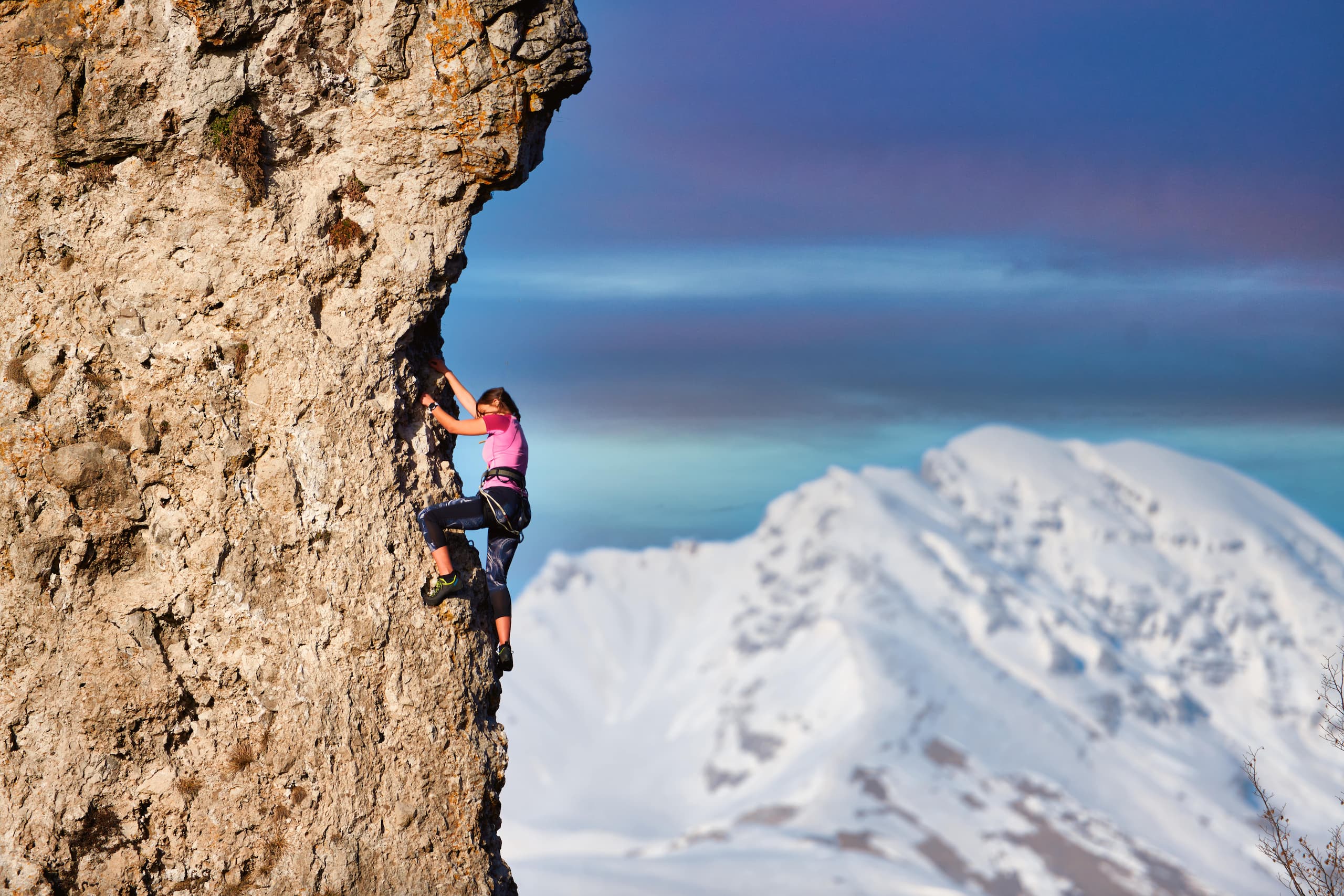The Sagrada Familia, Casa Batlló, the Gothic Quarter, the Palau Nacional de Montjuïc… Although architecture is one of Barcelona’s strong points, we can assure you that the surroundings of the Catalan capital, as well as the rest of the province, also have other attractions that should not be missed: the caves of Barcelona.
By visiting these magnificent caves, some of which have been exploited in the past by the mining industry, you will be able to familiarize yourself with the traditional ways of life in Catalonia and, at the same time, contemplate geological formations that will leave you speechless. All this without forgetting that these activities are ideal for children too.
Can you think of a better way to make the most of your stay at our apartments in Barcelona by the beach?
Caves in Barcelona
OK, they may not be as spectacular as the Coves del Drach on the island of Mallorca or the incredible Gouffre de Padirac in France. However, they are the perfect opportunity to travel back in time and explore the bowels of the Earth, without giving up a framed urban tourism getaway – discover the best caves in Barcelona below!
CAVES IN BARCELONA
OK, they may not be as spectacular as the Coves del Drach on the island of Mallorca or the incredible Gouffre de Padirac in France. However, they are the perfect opportunity to travel back in time and explore the bowels of the Earth, without giving up a framed urban tourism getaway – discover the best caves in Barcelona below!
Gavà-Can Tintorer Prehistoric Mines
Let’s start with the caves in Barcelona that are closest to the city, but also those that will transport you to the most remote past: the prehistoric mines of Gavà. Also known as Can Tintorer mines, this is the largest and oldest group of mines with galleries in Europe, as well as the only one from the Neolithic period dedicated to the extraction of variscite, a green mineral used to make body ornaments. The complex has an extension of 200 hectares, in which more than a hundred mines have been located. Moreover, it is said that there are still many others to yet to be discovered. During the Iberian, Roman and medieval periods, the mines were re-mined for iron ore. It is so important that in 1996 the site was declared a Cultural Property of National Interest.
In the Gavà Museum, you can see some of the pieces that have been found there, such as the Venus de Gavà or a trepanned skull.
The mines, located at Carrer de Jaume I, 7 (Gavà), are open from Monday to Friday from 10 am to 6 pm; on Saturdays from 10 am to 7 pm, and on Sundays from 10 am to 2.30 pm. By the way: there are several Rodalies trains and regional Renfe services that go to Gavà from the center of Barcelona. Take advantage of public transport in Barcelona for this excursion!
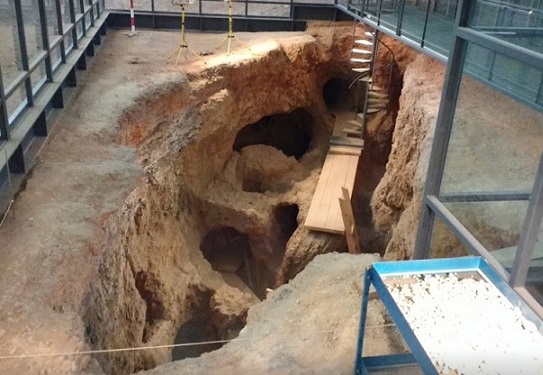
Salnitre Caves of Collbató
In the mountain of Montserrat, the Saltpeter Caves (or Salnitre in Catalan), also called the Collbató Caves or Montserrat Caves, await. Formed by calcareous rocks, they are very rich in phosphate minerals and, as their name suggests, were formerly home to saltpeter mines. Their interior holds the largest group of rooms in Catalonia, and it is said that their organic and undulating shapes were an inspiration to Antoni Gaudí. The galleries open to the public in the caves are a total 549 m, with a height difference of 20 m and a constant interior temperature of 14 °C.
Located in the town of Collbató, they can be visited with guided tours from Tuesday to Sunday from 11:00 am to 2:00 pm, and on Saturdays, Sundays and holidays from 4:30 pm to 7:00 pm. For more information or to book your ticket, you can call (+34) 647 964 076.
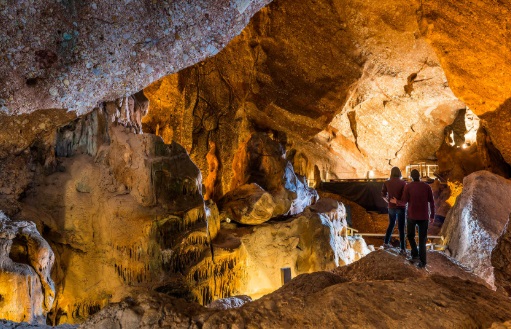
Caves of El Toll, Moià
Let’s move to the municipality of Moià, in the region of Moianès. The occasion deserves it, since we are in front of one of the richest prehistoric caves in Quaternary fauna in the whole of Europe. Without going any further, recovered fossils of hippopotamus, rhinoceros, cave bears, lions, oxen and hyenas have been recovered. Remains of a fire and some flint tools corresponding to the Mousterian period, used by the Neanderthal man during the Mid-Palaeolithic era (i.e. between 100,000 and 40,000 years old), have also been found. Similarly, there have been other findings from more recent periods. Nowadays, all the archaeological remains recovered are exhibited in the Museum of Moià.
The caves are divided into two sectors: the southern gallery, 108 m long and occupied by prehistoric man, and the eastern gallery, 80.5 m, which borders an intermittent river course. However, only the former can be visited (on Saturdays and Sundays, from 10:30 am to 3:00 pm). The site is on the N-141C road, km 32.
Cultural Park of the Salt Mountain of Cardona
Besides being one of the most attractive medieval villages in Barcelona, Cardona also has one of the most spectacular caves in Barcelona: the Salt Mountain. This is a geological formation that was already being exploited in Roman times. After the closure of the mine in the early 1990s, the facilities were adapted for tourism, preparing them for guided tours inside the galleries excavated in the mountain. The one-hour tour runs through a network of 500 m of galleries at a depth of 86 m. Its diversity of minerals and its impressive stalactites and stalagmites will not leave you indifferent. On the way out, you can visit the Art Salt Craftsmanship Centre for free, where you can buy salt sculptures and take home a good typical souvenir of Barcelona.
The site is open from Tuesday to Friday from 10:00 am to 1:30 pm, and on Saturdays and Sundays from 10:00 am to 4:30 pm. It closes on Mondays.
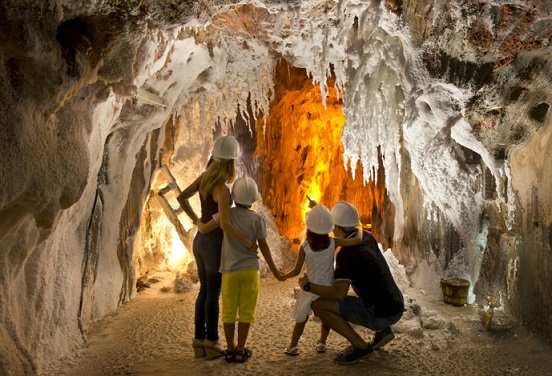
OTHER CAVES NEAR BARCELONA
Without a doubt, there is much to visit in Catalonia beyond its capital and its province. That’s why we encourage you to discover other caves near Barcelona that won’t disappoint you.
Cave Museum of L’Espluga de Francolí
In the municipality of L’Espluga de Francolí, the impressive caves of L’Espluga unfold, natural cavities used by humans since the Paleolithic. The museum inside the Font Major Cave Museum shows what life was like in prehistoric times, through projections on the rock walls. These show how the caves were discovered. Outside the cave, you can also see a recreation of a Neolithic settlement on a real scale.
The caves are open from Tuesday to Sunday, from 10:30 am to 1:30 pm and from 4 pm to 6 pm. Closed on Mondays.
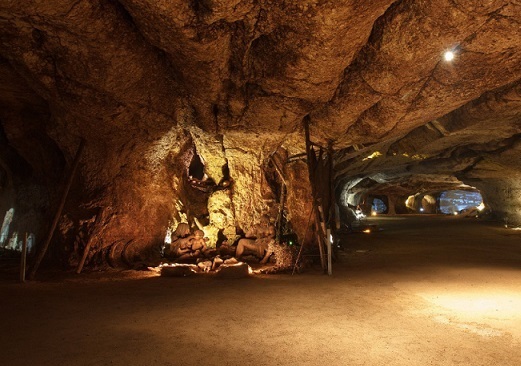
Museum of the Mines of Bellmunt del Priorat
While it’s not a cave, it’s also an opportunity to go underground. The Eugènia mine, in Bellmunt del Priorat, allows you to discover what the day-to-day life of a traditional mining town in the region, dedicated mainly to wine production, was like. Its most extensive structure consisted of the shaft tower and two attached buildings. The system included the extraction shaft, crushers and machinery to wash the ore. In order to take advantage of the poorer quality ore, there were two casting systems. The mineral-metallurgical complex of this Eugènia mine was active until 1972.
The mine has a total of 20 underground floors. The guided tour allows you to walk around 700 m of the first floor, at a depth of 35 m. However, before going there, we recommend you check the timetables at minesbellmunt.com.
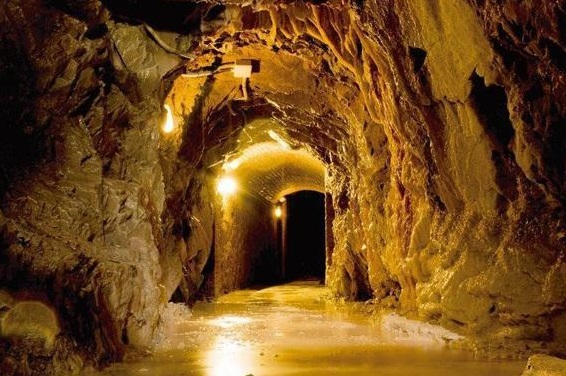
Cova de les Meravelles, Benifallet
We are not leaving the province of Tarragona yet, as one of the towns in the Baix Ebre region, Benifallet, is home to one of the most famous and well-known caves in Catalonia. Some of them were found in the spring of 1968 by a group of speleologists from Barcelona, during a campaign carried out in the Cardó mountain range. Among the caves found, the Cova Marigot, the Sima del Sifó and, above all, the photogenic Cova de les Meravelles stand out.
The latter, located in the Sant Jordi de Benifallet ravine, can be visited every day, from 10:00 am to 2:00 pm and from 4:00 pm to 8:00 pm.
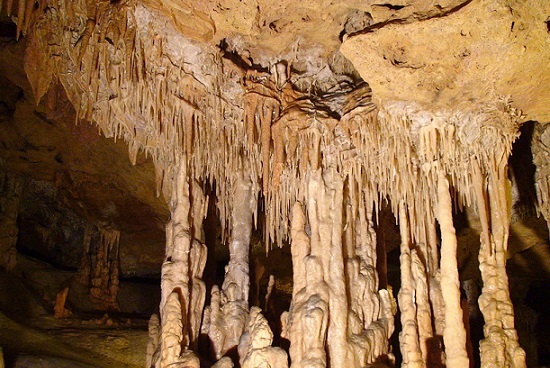
Mina Victòria, Vall d’Aran
We now travel to the Vall d’Aran to get in touch with its way of life at the beginning of the 20th century. One hundred years ago, 80 tons of raw ore were extracted from the Victòria mine every day and provided work for between 100 and 150 miners. After the outbreak of the Spanish Civil War (1936-1939), work on the mines was suspended in 1949, although they were closed down shortly afterwards, in 1953. In 2004, the Victòria mine was opened to the public and today it is a very popular place for nature lovers and hiking trails.
For more information about the visit, you can call the telephone number (+34) 973 641 815 or check the Vall d’Aran tourist information sites.
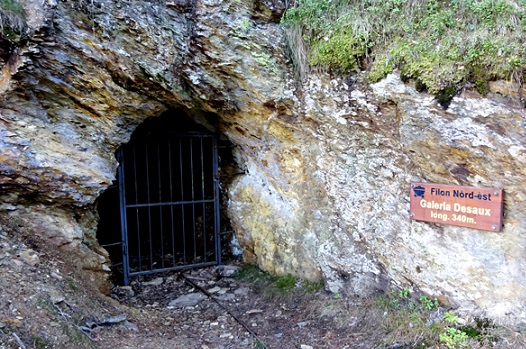
Serinyà Prehistoric Cave Park
We close our route around the caves near Barcelona in the province of Girona, specifically in the region of Pla de l’Estany. There you will find the Prehistoric Cave Park of Serinyà, a place where prehistoric hunter-gatherers lived. This enclave is made up of various shelters or open caves on a rock slope, many of which have been fitted out to receive visitors.
The park is the best site in Western Europe to learn about the passage of Neanderthal man to modern man. The first archaeological excavations were started in 1943 by Dr. Josep Maria Corominas, and are still continuing today, by the University of Girona and the Museum of Archaeology of Catalonia-Girona.
You can complete your visit with that of the Regional Archaeological Museum of Banyoles, where you can see a complete sample of the prehistoric objects from the Serinyà caves.
As always, if you have questions or want to give your opinion about the caves in Barcelona or the rest of Catalonia, we invite you to send us your comments. We would love to hear from you!
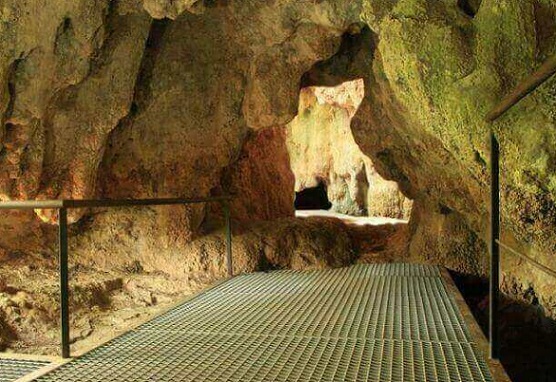
MORE INTERESTING STUFF
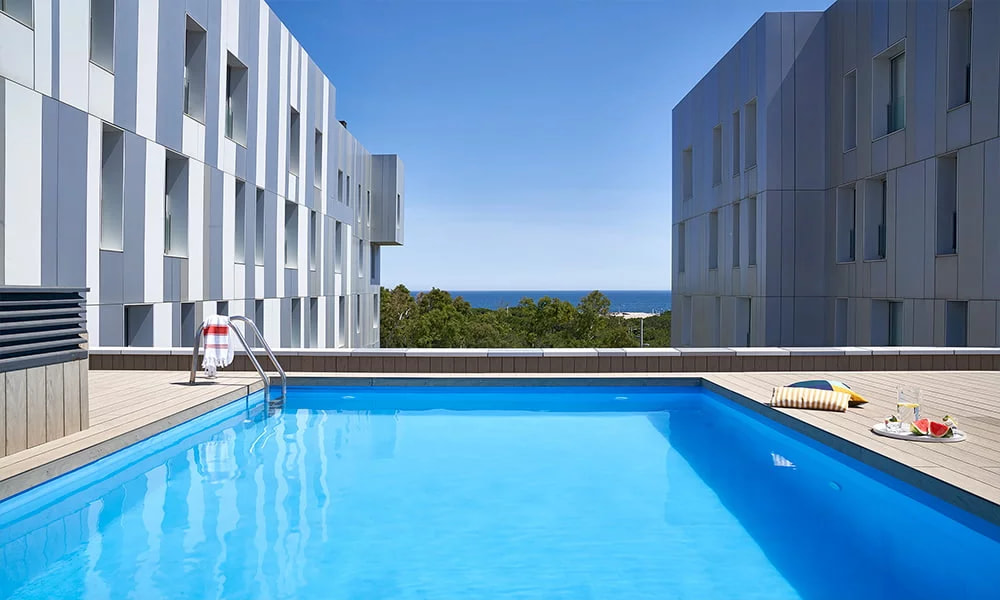
Holiday apartments by the beach in Barcelona
Since 2010, Lugaris Apartaments has been offering you the best holiday rental flats in Barcelona, perfect for a family holiday, with friends or as a couple, or for medium-term stays.
You can choose between apartments near the beach in Barcelona, at Lugaris Beach, with sea views, 2 swimming pools (one for adults and one for children) and capacity for up to 6 people, and the Lugaris Rambla flats, located on the Rambla de Poblenou and just 300 m from Bogatell beach, with a balcony or terrace of up to 22 m2 and ideal for couples or families and groups of up to 5 people. All our luxury flats in Barcelona are air-conditioned and equipped with all the appliances, furniture and bed linen you will need during your stay. They also have satellite TV and free high-speed Wi-Fi connection, as well as a safe and a 24-hour private security service.
What’s more, when you make your booking, you can reserve many other additional services: international press in your flat, parking space, transfer service to and from Barcelona airport, bicycle hire, supermarket shopping, museum, sports and show tickets, babysitting service and much more.
For more information, contact Lugaris Apartments without obligation.

